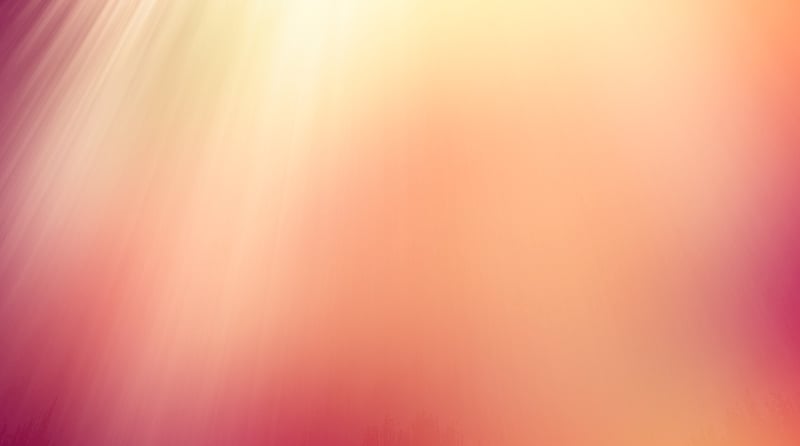Color Combinations
Creating Stunning Displays with the Perfect Color Combinations
Color plays a vital role in creating visually appealing displays that catch the eye and leave a lasting impression. Whether you are decorating your home, designing a website, or putting together an outfit, the right color combinations can make all the difference. Here, we will explore how you can use color to create stunning displays that stand out.
The Basics of Color Theory
Before diving into specific color combinations, it's essential to understand the basics of color theory. The color wheel is a fundamental tool that helps you identify primary, secondary, and tertiary colors, as well as complementary, analogous, and triadic color schemes.
Complementary Colors
Complementary colors are hues that are opposite each other on the color wheel, such as red and green, blue and orange, or yellow and purple. When paired together, complementary colors create a vibrant contrast that can make your displays pop.
Example of Complementary Colors:

Analogous Colors
Analogous colors are located next to each other on the color wheel, such as red, orange, and yellow or blue, green, and yellow. These colors create a harmonious and soothing effect when used together, ideal for creating a sense of unity in your displays.
Example of Analogous Colors:

Triadic Colors
Triadic color schemes involve three colors that are evenly spaced around the color wheel, such as red, blue, and yellow. These combinations offer a balanced and vibrant look, perfect for creating displays that are visually striking.
Example of Triadic Colors:

Putting It All Together
When creating displays, consider the emotions and messages you want to convey. Warm colors like red, orange, and yellow can evoke energy and excitement, while cool colors like blue, green, and purple can create a sense of calm and tranquility. Experiment with different color combinations to find what works best for your specific needs.
Remember, color is a powerful tool that can transform any display into a stunning masterpiece. By understanding the principles of color theory and experimenting with various combinations, you can create displays that are not only visually appealing but also impactful and memorable.
